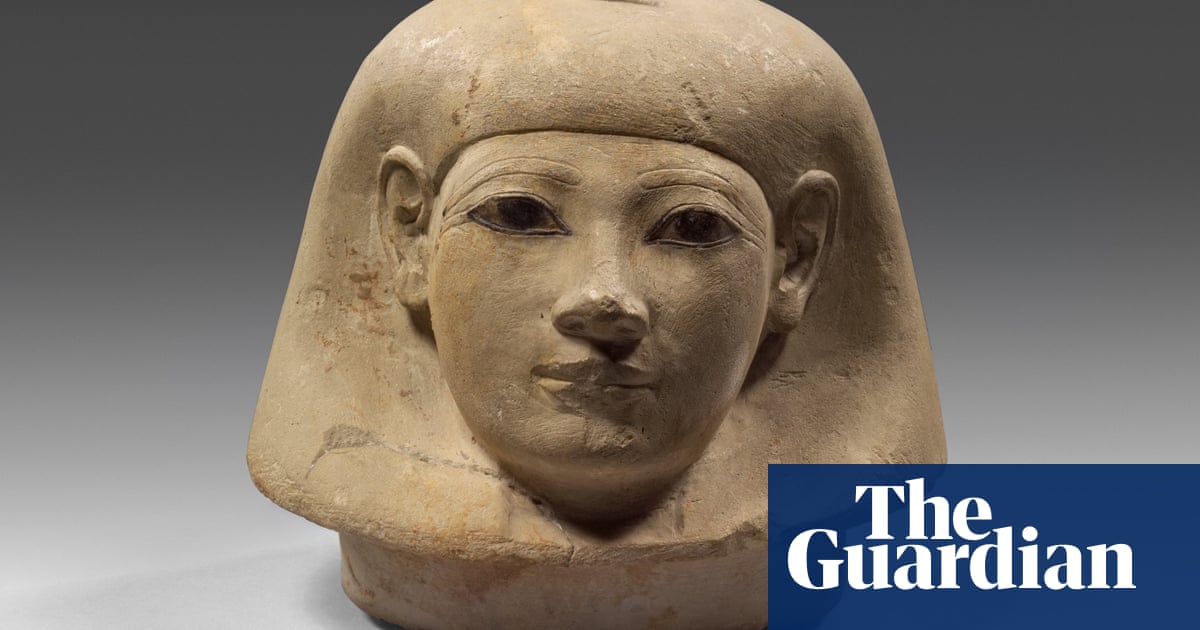
The skeleton is currently on display at the National Museum of Egyptian Civilization in Cairo
CAIRO: The Egyptian Ministry of Tourism and Antiquities has disputed the credibility of research used to reimagine the face of the Nazlet Khater skeleton — Nazlet Khater man.
The face of an ancient Egyptian who died more than 30,000 years ago was recently reconstructed by scientists.
The skeleton is currently on display at the National Museum of Egyptian Civilization in Cairo and the suggestions of two of the researchers recently raised interest on social media.
The ministry issued a statement on the results of the studies conducted by the researchers from Brazil to reimagine the face of the skeleton found in Nazlet Khater in Upper Egypt.
Museum authorities said that the Brazilian researchers had not taken the correct and internationally recognized scientific, administrative and legal measures in scientific research.
The statement added: “The two researchers did not submit any request to the museum authority to photograph the skeleton of Nazlat Khater to study its anatomical measurements.”
They also did not indicate that they had obtained the anatomical measurements of the skeleton from any other party, which did not lend credibility to the results of the research and the anatomical proportions contained in it or to the process of reimagining the face, the statement said.
The researchers relied in their research on the artistic vision of the skeleton of Nazlat Khater based on the use of graphic programs and not on the anatomical measurements of the skeleton, which led to reaching these results, which contradict the standards of scientific research, the statement said.
The skeleton was found in 1980 near the village of Nazet Khater in Sohag Governorate, southern Egypt. It dates back to the Upper Palaeolithic period — about 34,000 years ago. The skeleton was found buried with a stone tool.
The Belgian mission operating in Egypt discovered it during its excavations in the village in 1980.
The mission transported the remains to Belgium to study, restore and assemble them into a complete skeleton.
The studies conducted on the remains revealed many facts about its owner and the environment in which he lived.
Scientists named the skeleton “Nazlet Khater man” in reference to the place where the remains were discovered.
The Nazlet Khater skeleton is one of the most significant archaeological discoveries in Egypt. It has attracted much scientific interest locally and internationally, as it is the second-oldest known skeleton in Egypt.











